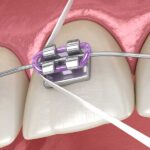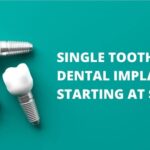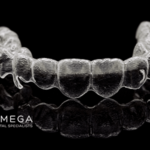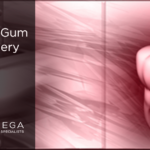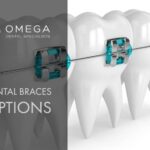What Are Key Factors in the Success of Dental Implants?
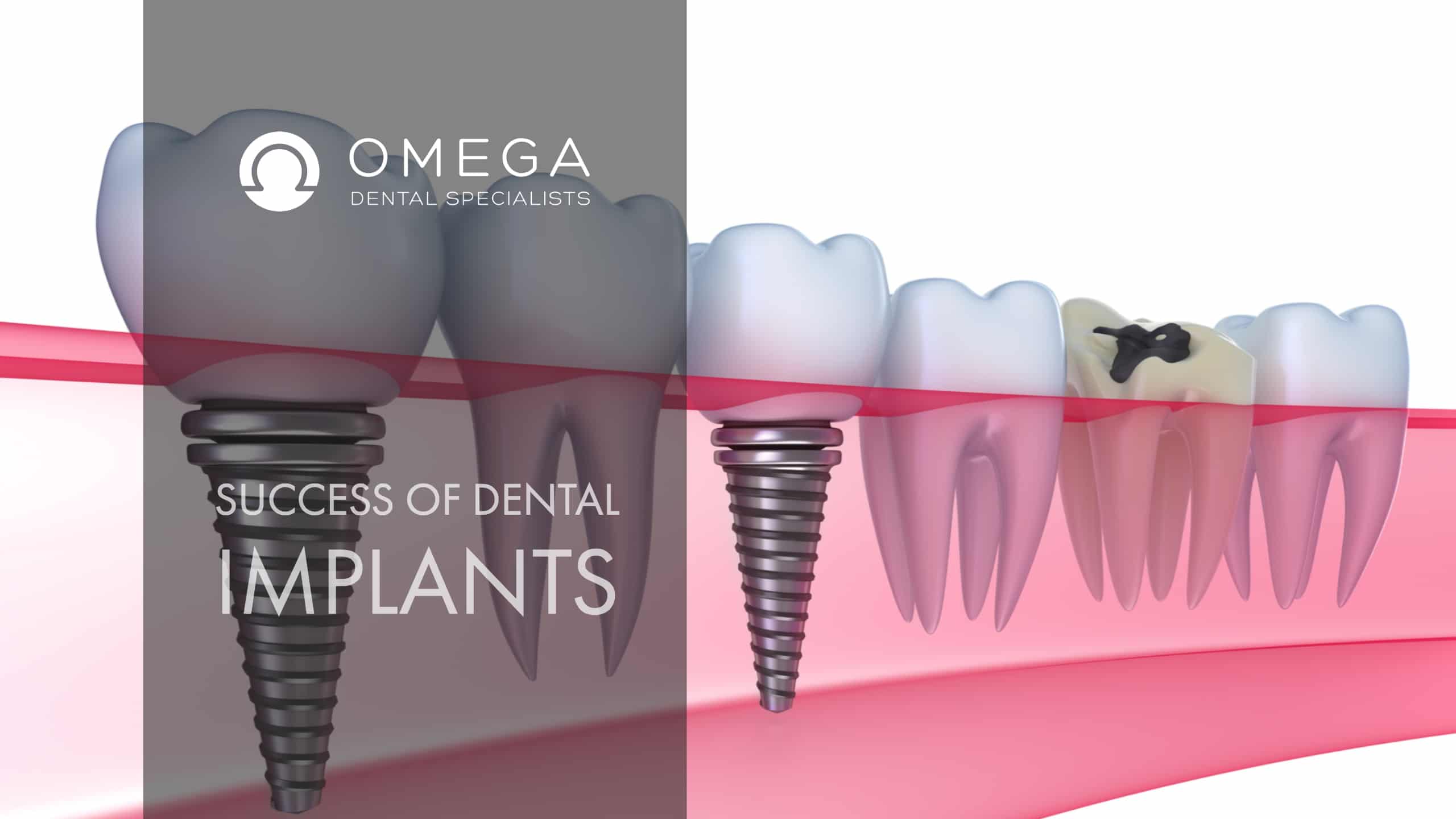
As the rate of success for dental implants grows higher and higher for patients missing all their teeth, some missing lesser numbers and those receiving single tooth implants, implant procedures have become a more broadly accepted treatment with predictable results in dental implant procedures.
With this remarkable recent progress, dentists have raised questions over which materials and implant designs and abutments bear the best clinical success. Choosing between screw- and cement-retained prostheses is continually part of the discussion, but there remains mixed opinion among practitioners as to what the best prosthesis type is and this discussion is likely to continue to be controversial within the clinical community.
Various elements are central to the discussion, such as how easy it is to fabricate the implant and its cost, whether it is perceived as esthetically pleasing. Other factors are access, occlusal properties, whether it retention works well, how easily it can be fitted, implant tissue health, capability for immediate loading, procedures required during impression and more.
Fabricating Abutment Issues and Affordable Dental Implants
Cement-retained restorations can be fabricated with less difficulty than screw-retained restorations since conventional laboratories and prosthodontics are employed in the creation of cemented restorations. By contrast, screw-retained restorations usually cost more and have additional components, including items like plastic sleeves and fixation screws. The more expensive nature of screw-retained restorations must be considered at the expense of damaging cemented restorations if technical or even biological difficulties result.
Implants placed in ideal locations are more predictable in appearance, both with screw- or cement-retained procedures. Of debate in employing screw-retained restorations is access channels set into esthetic areas. When problems occur in placing the implant in the best position due to anatomy limits, dentists can use angled or custom abutments so an access channel for the screws can be used outside the esthetic zone. Additionally, an opaquer combined with the use of a composite can provide improved esthetics for the implant.
Cement-retained restorations are more easily placed in the area at the back of the mouth in cases where there is less room for the jaw to open. Use of screw-retained restorations in that part of a patient’s mouth can sometimes introduce the risk of the screw either being swallowed or aspirated, however. Good implant contacts are often achieved easily in cement-retained restorative procedures since no screw access holes are required. Such screw access holes can sometimes interfere with occlusal excursions, however.
Retention security is a most important factor in the life of the implant prostheses. A number of factors are at play in the cement-retained restorations, including abutment taper, area and height of the surface, roughness and the kind of cement used. Taper can hinder retention in cement-retained restorations while factors of surface area and height and placement of the implants provide lengthier abutments and additional area more so than natural teeth. Increased surface roughness can provide cement retention. Roughening the abutments using burs sanding or grit also has retention advantages. Yet, due to the six-degree taper and lengthy surface provided of the abutments, there is little need for roughening surfaces.
Selecting which cement to use is a key factor in retention attained for restorations involving the use of cement. The dentist can decide the type of cement used depending on the situation. Provisional cement use can be pondered to allow for retrievability with no danger to the restoration if screw loosening is a factor.
Functional overload and other forces can cause screws to loosen, and compressive forces can result in mating threads coming apart. Screws that loosen may also be caused by poor fitting components. A bad fit between the implant and components can cause greater increase stress and screw loosening. Research has shown that gold screws in some cases can be more easily tightened than can titanium screws and can provide better retention. The design of the screw affects retention, and internal hexagon screw heads affix tighter than those with simple slots. Enhanced implant design by increasing the hex height and implant diameter can sometimes lead to fewer screws loosened.
The main advantage of screw-retained restorations is retrievability with no damage to the restoration. Prosthodontic components can be adjusted and screws refastened and fractured components repaired in less time and less expense than cement-retained implants.
Screw-retained restorations have been found to produce tighter margins than cemented-retained restorations although risk of microflora colonization risks can result in cement dissolving and inflamed tissue as a result. They implant restorations require precise placement to gain esthetic predictability, and the allows for greater implant placement options. Good treatment plans and careful use of surgical guides helps the implant placement be ideal. Screw-retained restoration is often excellent in immediate-loading cases because it eliminates the use of cement and any problems removing excess cement from area so healing is optimal.
Studies of cement-retained implants and screw-retained implant-supported restoration cases indicated that screw-retained restorations can have a greater number of complications than cement-retained restorations. The percentage of such complications is generally not disadvantageous and, in most cases, complications were not severe. Implant systems that use conical interfaces between abutment and implant or other designed connections have lessened screw loosening and issues found in traditional hex-top methods. Many clinicians believe that it is simpler to use traditional cement techniques while there are nonetheless occasional cases in which it may be more effective to use varying retention methods.
How Much Do Dental Implants Cost
Several popular dental implant insurance plans often cover some of the costs of dental implant procedures and we at Omega Dental can provide a list of other payments options. The team also can put patients in touch with third-party lending resources. It is often a good idea to check Omega Dental’s specials page for dental implant price deals that we offer periodically.
